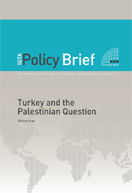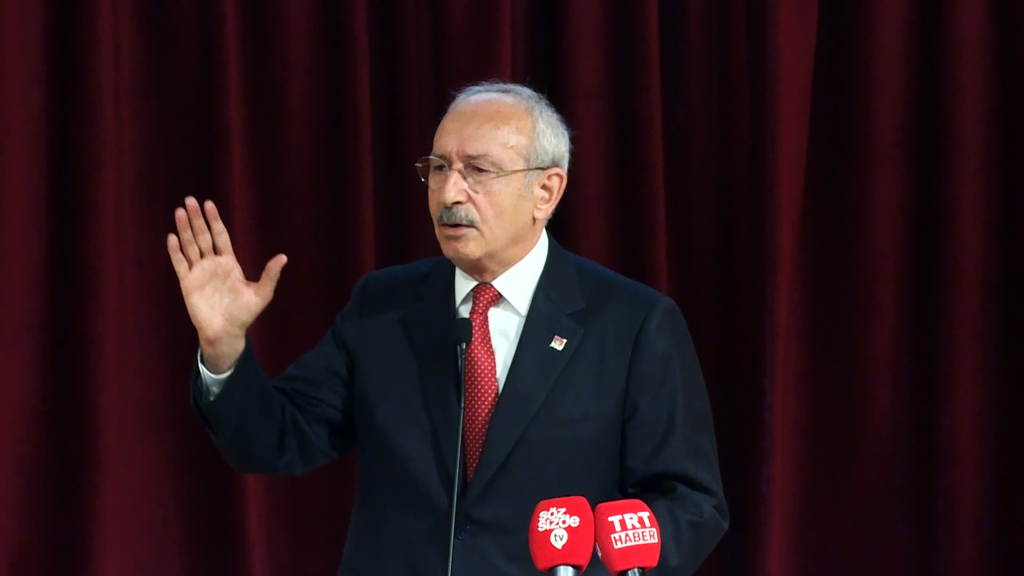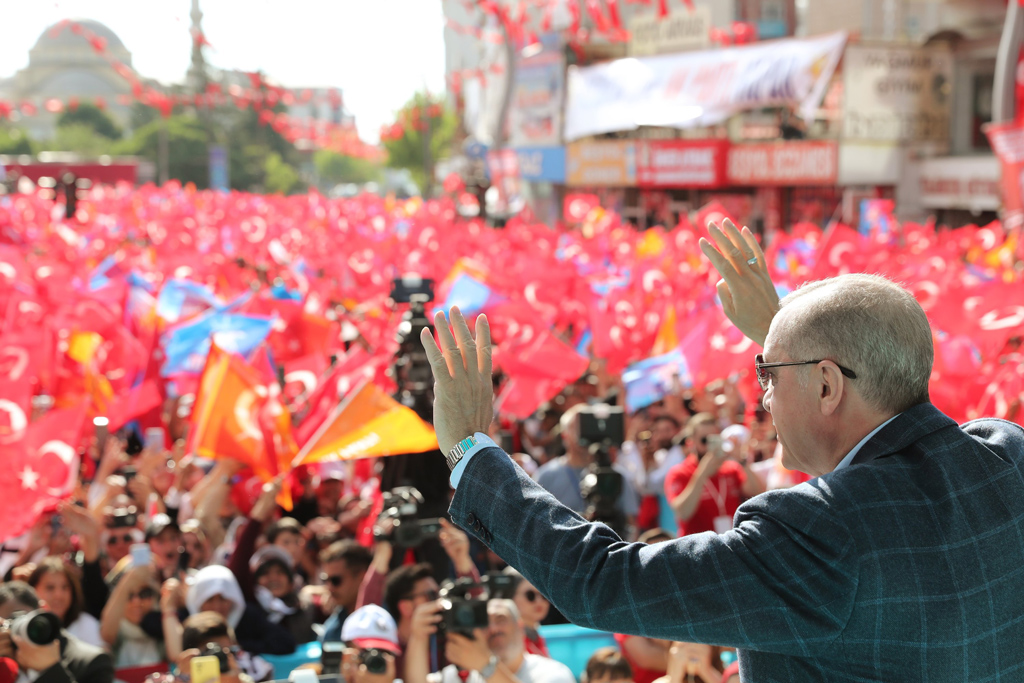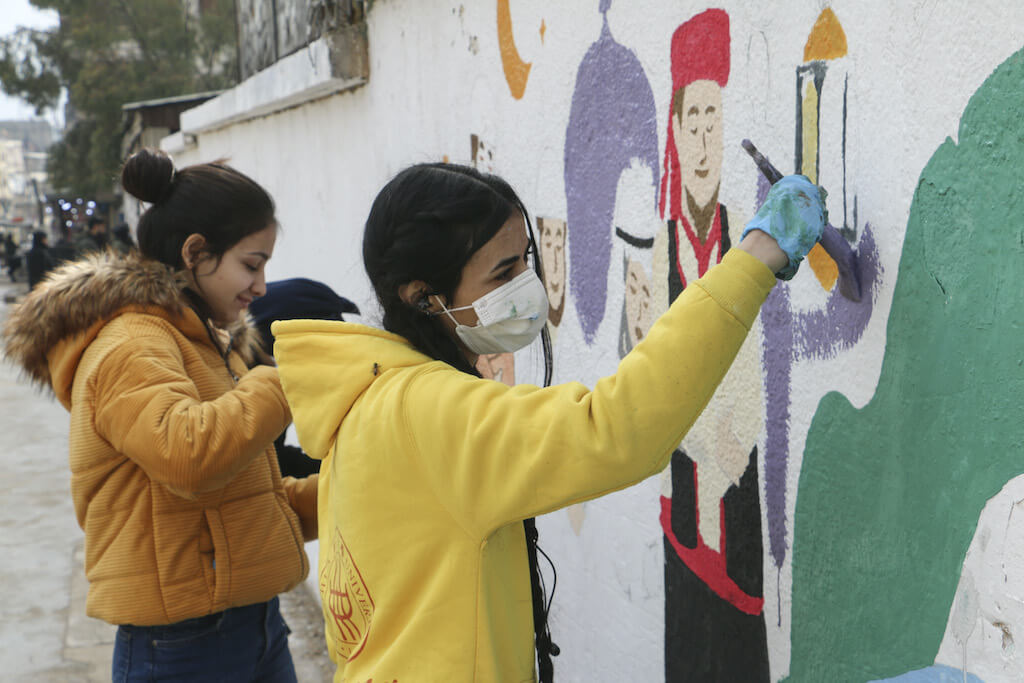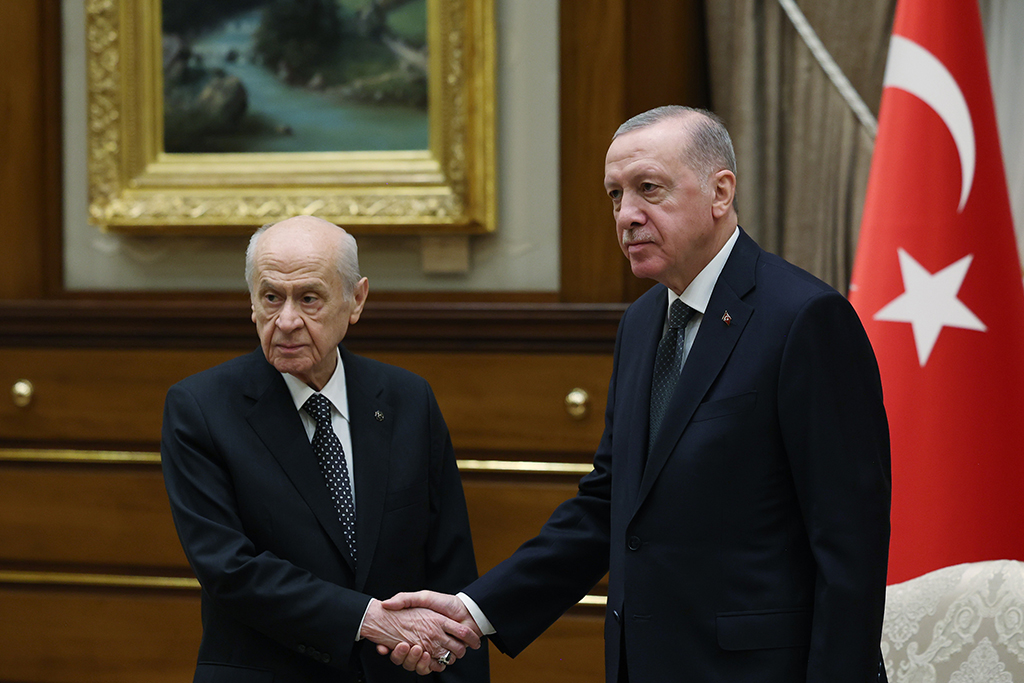Currently, GAP is a regional development project that covers nine southeastern provinces extending over the wide plains in the basins of the lower Euphrates and Tigris rivers. Political and economical instability in Turkey in the 1980s diverted attention from the GAP Project and led to consecutive failures in meeting official targets for its progress within the initial time framework. Within the last five years,
Currently, GAP is a regional development project that covers nine southeastern provinces extending over the wide plains in the basins of the lower Euphrates and Tigris rivers. Political and economical instability in Turkey in the 1980s diverted attention from the GAP Project and led to consecutive failures in meeting official targets for its progress within the initial time framework. Within the last five years,
Turkey has undergone a significant social and economic transformation whereby fiscal discipline, effective inflation control and an average of greater than 7% growth have been achieved ahead of many expectations. Turkish government launched its long-awaited plan for the GAP Project, now scheduled for completion by 2012 at an expected cost of around 27 billion YTL ($20 billion). The government described its action plan to boost social and economic development in the country’s southeast as “a turning point for Turkey.” The GAP Project was designed not only as a rural development plan but also as an economic initiative intended to have positive social and political consequences for Turkey’s Kurdish issue. However, although it is certain that the Kurdish issue has an important socioeconomic dimension; it would be a mistake to reduce the issue to the economic backwardness of the region alone.
***
The Turkish Government recently announced a new road map for the social and economic development of Turkey’s southeastern and eastern provinces by investing in the future of the Southeastern Anatolia Project (GAP). The GAP Project was first launched in 1977 as one of the largest dam and socio-economic development projects in the world. The official target at the outset was to create an integrated, sustainable multi-sector regional development plan in the southeastern and eastern provinces. The project’s main objectives were to improve living standards and income levels so as to eliminate regional development disparities, and to contribute to such national goals as social stability and economic growth by enhancing productivity and employment opportunities in the rural sector. Over the 31 years since its inception, however, GAP has encountered many ecological and social problems that remain unresolved, and the project itself has nearly reached a standstill. The period of GAP’s uncertain progress also coincides with the rise of the Kurdish issue in southeastern Turkey. The Turkish state was not able to adequately address the Kurdish issue for many years; Prime Minister Erdoğan’s initial attempt to broach it came in Diyarbakır in August 2005. At that time, he publicly manifested his governments approach towards the issue, acknowledged that mistakes had been made in the past by the Turkish state and recognized the existence of a “Kurdish problem.” Erdoğan claimed that the solution lies in democracy, the rule of law, and economic prosperity. Although the government’s move created a lot of excitement among Kurds, no one expected radical changes from the state.1 Soon after Erdoğan’s speech, the hopes that he had raised for solving the Kurdish problem encountered same destiny as the stalled GAP project. Although in 2005, public opinion tended to believe that the government had the ambition and commitment to envision and implement a solution plan for the Kurdish issue, no one expected a perfect solution scenario to unfold during the volatile political atmosphere that ensued amid the rising terrorism of 2007 and 2008. That is why new GAP action plan is being received with such enthusiasm; it has the potential no

